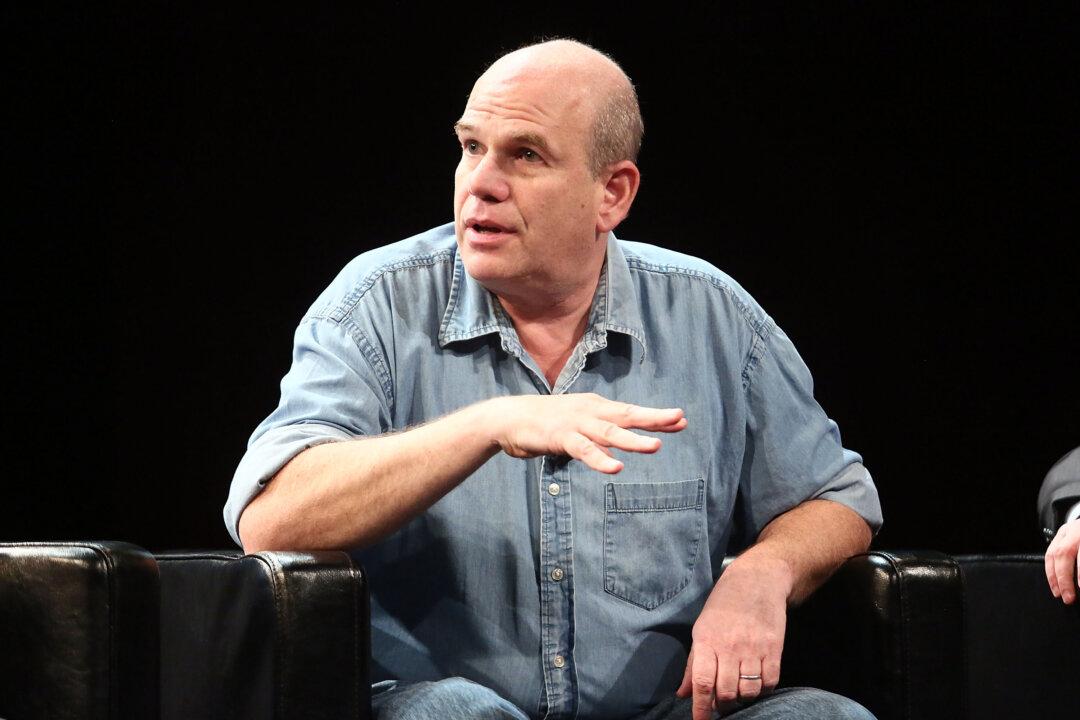Before David Simon wrote and produced the much-lauded HBO show, “The Wire,” he was a crime reporter for the Baltimore Sun.
When he first joined the newspaper in the 1980s, crime in the city of Baltimore, Maryland, was on the rise. The homicides and robberies were often drug-related; it was the peak of America’s drug war.
But at a conference on criminal justice reform held in Washington, D.C., Thursday, Simon said that in their overzealous effort to defeat the drug epidemic, police officers took the easy way out: chasing low-level drug users, instead of doing real investigations to pursue the violent criminals who were endangering the community.





